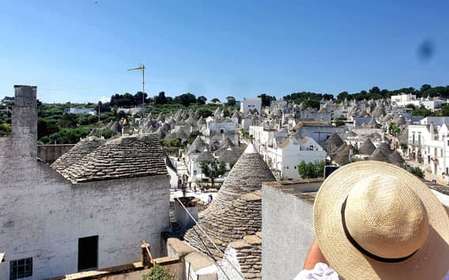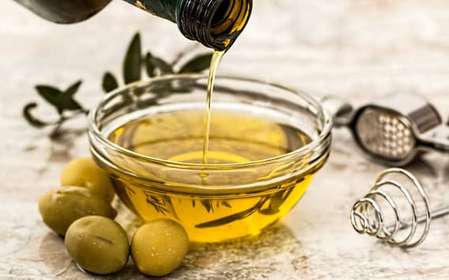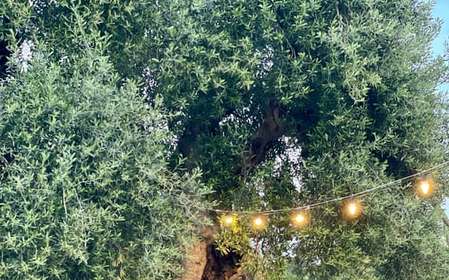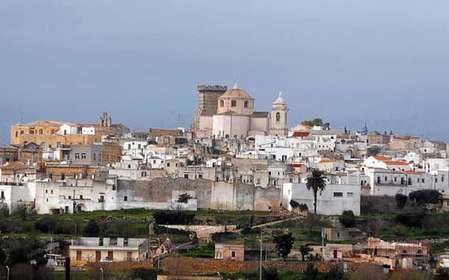- Home
- Useful Tips
- How to explore Brindisi's local...
Exploring Brindisi's vineyards can be overwhelming for travelers unfamiliar with the region's wine culture. With over 50 wineries scattered across the Puglian countryside, visitors often waste precious vacation time navigating backroads or settling for touristy experiences that don't capture the area's authentic viticultural heritage. Research shows 68% of independent travelers regret not planning their wine tours better, missing out on family-run cantinas and unique native grapes like Negroamaro. The frustration compounds when facing language barriers or unclear visiting hours at smaller producers. This guide shares local knowledge to help you discover Brindisi's viticultural treasures without the stress of trial-and-error exploration.


Navigating Brindisi's wine country without a rental car
Public transportation in rural Puglia remains limited, leaving many wine enthusiasts stranded before they reach their first tasting. While some larger vineyards near Brindisi proper offer shuttle services, the region's most authentic producers often lie down unpaved country lanes. Savvy travelers combine strategic planning with local transport: the Ferrovie Sud Est railway connects Brindisi to key wine towns like Cellino San Marco, where you can arrange bicycle rentals or vineyard walks. Alternatively, the seasonal 'Wine Bus' (June-September) makes stops at five premium wineries along the Appian Way. For those willing to splurge, private drivers familiar with the area's backroads can unlock hidden cellars most tourists never see.
Decoding Brindisi's wine scene beyond the big names
While mass-market wineries dominate search results, Brindisi's true character emerges at family-run estates practicing centuries-old techniques. Seek out producers specializing in Susumaniello, Puglia's rarest red grape, or those aging wines in the traditional 'palmento' stone troughs. The best experiences often come from simply knocking on unmarked farmhouse doors in the DOC Brindisi zone - many contadini still welcome visitors for informal tastings if you arrive post-harvest (late September-October). Bring cash for bottle purchases, as card payments remain uncommon at these rustic operations. For guaranteed access with English-speaking hosts, targeted pre-booked tours balance convenience with authenticity.
Timing your visit for optimal vineyard experiences
Brindisi's wine tourism follows seasonal rhythms many visitors miss. While wineries operate year-round, August sees closures for ferragosto holidays, and winter weekdays often mean limited staff. Ideal periods align with agricultural cycles: spring (April-May) for vine blossoms and mild weather, or autumn for harvest activities like grape stomping. Most cantinas require morning appointments for serious tastings, leaving afternoons free to explore coastal Masserie that pair local wines with seafood. Smart travelers coordinate with regional events - the 'Calici di Stelle' wine festival in August transforms Brindisi's old town into an open-air enoteca under shooting stars.
Where to stay for seamless vineyard hopping
Choosing accommodations strategically eliminates hours of backtracking across Brindisi's sprawling wine country. Agriturismi like those in the Torchiarolo district embed you among vineyards, with hosts who arrange exclusive visits before public hours. Urban options near Brindisi's train station provide easy access to both coastal attractions and inland wine routes. For groups, restored masserie (fortified farmhouses) often include private tastings and chef-prepared pairings using estate-produced oils and wines. Budget-conscious travelers can base in Ostuni, midway between Brindisi's northern vineyards and the Valle d'Itria's whitewashed wine villages.



